Blackout Tattoo: Meaning, Removal & Healing Process
Tattoos that were once used to cover up mistakes have now become a trend.
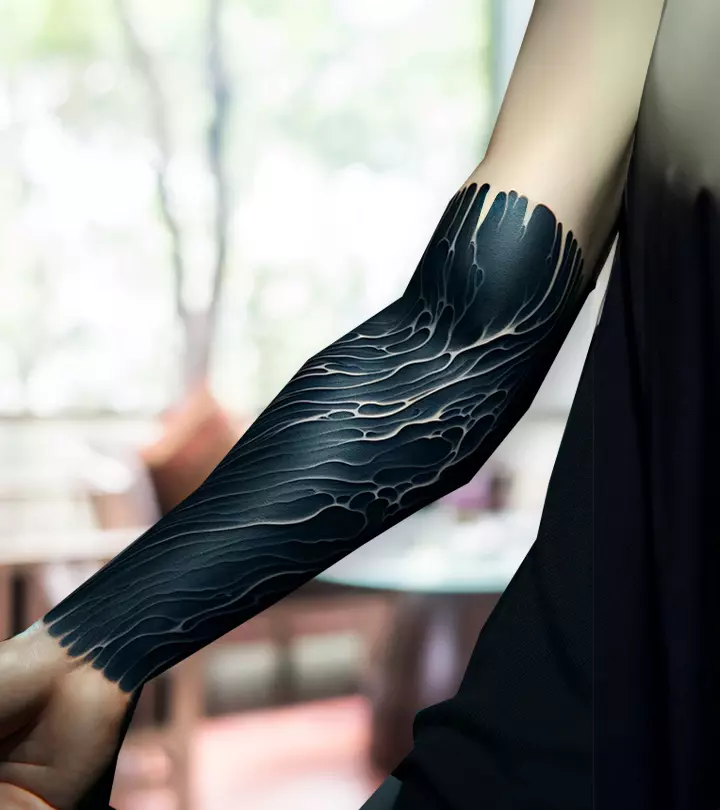
Image: Created with Dall.E
Blackout tattoos are back with a bang! Although they have been popular for years, they have risen from their underground status and come to dominate social media feeds. These ‘en vogue’ abstract tattoos are the polar opposite of the minimalistic and delicate designs of other black tattoos. The styles and designs of these tattoos mostly inculcate bold and black tattoo designs that take up a lot more space on the skin when compared with regular tattoos.
Blackout tattoos typically cover large areas of the body like the arms, back, chest, and legs. They may involve vague patterns and geometric designs. In this article, we have discussed everything you need to know about blackout tattoos. Swipe up to learn more.
In This Article
Blackout Tattoo Meaning
A blackout tattoo refers to a tattoo in which the entire area of the tattoo is covered in solid black ink, often with no additional designs. They appear more like an opaque veil of black hue on natural skin. These tattoo styles involve a lot of black color work and that is why these tattoos are termed as ‘blackout’. Most types of tattoos that involve heavy use of black tattoo ink during the needle-puncturing process may fall under this category and are commonly referred to as ‘blackwork’.
 Trivia
TriviaWhether you’re considering getting one or thinking about removal, understanding the process is key. To many, blackout tattoo designs might seem more like body paint. But why do people get blackout tattoos in the first place? The next section answers that question.
Key Takeaways
- Blackout tattoos are all the rage right now. They cover a vast area of the skin with black ink color.
- Blackout tattoos are often used to cover up existing tattoos.
- These black tattoo designs are commonly associated with cultural appropriation.
- The healing process and time of blackout tattoos are similar to regular tattoos.
Why Do People Get Blackout Tattoos?
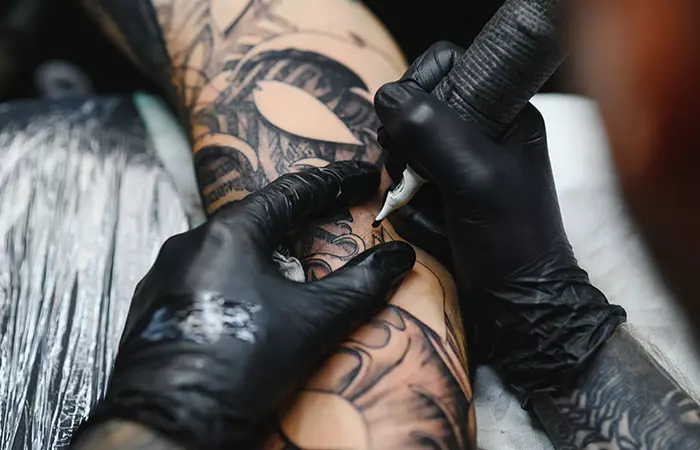
Initially, people would get blackout tattoos to conceal or cover up an old tattoo that they no longer are interested in. However, they may now proudly show it off a tattoo as a standalone statement piece. Not to mention that visually striking tattoos make for a great choice for those who like bigger, bolder tattoos. These badass pieces of ink are also ruling the trend charts like no other! This type of body art makes for a top choice for those who exhibit strength, fierceness, and resilience.
 Trivia
TriviaBlack tattoo ink designs may connote different things for different individuals, they are considered to be a classic example of cultural appropriation. To explore why, we delve into tattooing practices across different ethnic groups in the next section.
Are Blackout Tattoos Offensive?
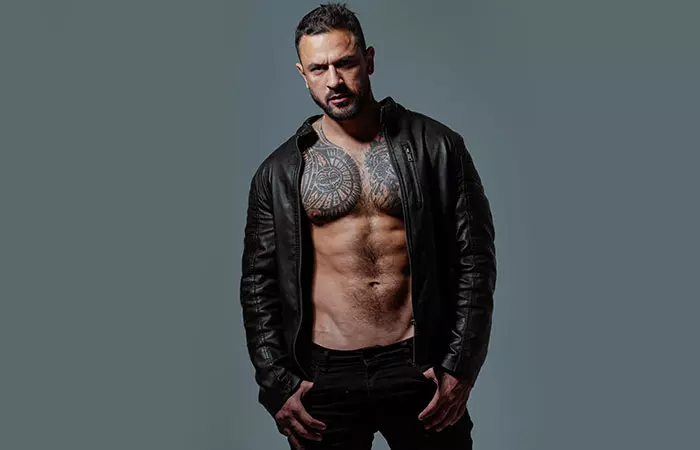
One of the most negative aspects of blackout tattoos is that they are commonly associated with cultural appropriation. Cultural appropriation may reinforce stereotypes about or disregard traditions of a community. It can also add to the marginalization of a community that’s already on the sidelines. Especially in the United States, the practice of ‘blackface’ in the late 19th and early 20th century had set an uninspiring precedent for African-American people to accept blackout tattoos on white people. Blackface was a type of theatrical practice where non-Black performers mocked people of color by darkening their skin using black paint and wearing outlandish costumes to make a caricature of the black peoples as a whole.
Further, historically, what is today known as blackout tattoos were inked for cultural and ceremonial purposes in various African, South Asian, and Polynesian tribal communities to symbolize a rite of passage or to indicate one’s social status. Thus, when a white person who is divorced from the cultural or historical context of this tattoo type actually does it to appear trendy, it can be seen as offensive by people of color. While views on this can widely vary among individuals within these cultures, the fact remains that people of color still have to endure daily discrimination based on the color of their skin.
Having said that, the interpretation of these tattoos varies according to trends, popular culture, cultural context, placement, and individual perspectives. They may not necessarily mean scandalous or disrespectful in general. However, it is important to understand the cultural context associated with tattoos to avoid causing unintentional offense and perpetuating stereotypes. It’s important to remember tattoos are not just an aesthetic choice, they hold cultural, historical, and personal significance.
If you have already got blackout tattoos and are considering removing them, then there are some steps you should be careful about. The next section takes you through all you need to know about the blackout tattoo removal process.
Blackout Tattoo Removal Before And After
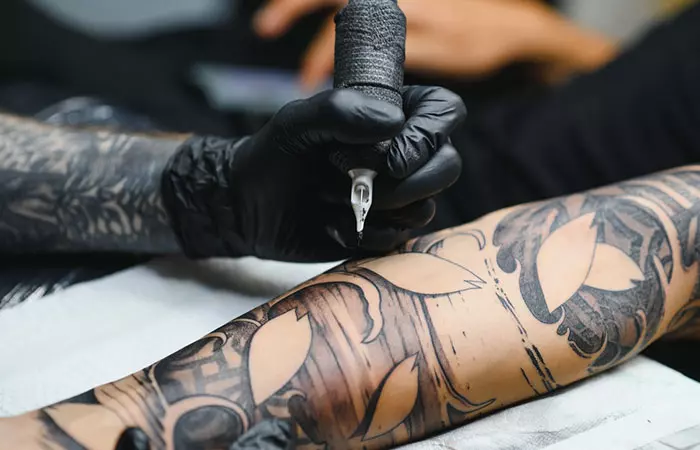
Unlike popular beliefs, be it a black armband tattoo, or a solid black one, black tattoos are harder to remove than other colors. Having said that, the size of the tattoo, the complexity of the design, and how deep the ink has penetrated the skin can determine whether the tattoo removal process will be easy or complicated as a whole. In general, the process of blackout tattoo removal is the same as for other tattoos, but the procedure might turn out to be more complex and time-consuming.
Anecdotal evidence suggests that while it might take an average tattoo 3-8 weeks to fade and be removed completely, the same process might take up to around 15 sessions to get that job done for a blackout tattoo. Not just that, the blackout tattoo removal process is even hard on the pocket, since removing a smaller tattoo is relatively cheaper than larger ones.
However, black ink tattoos can be easily removed with laser treatment. One need not worry about the darkness of the pigment with lasers. Nonetheless, before taking the plunge, it is important to keep in mind that the blackout tattoo removal process is long-drawn, expensive, painful and requires a lot of patience as you may have to sit through multiple sessions. Always consult with a tattoo artist or medical professional who will be able to customize the tattoo removal plan according to your blackout tattoo, ensuring you get the best care and price.
After getting a tattoo, the affected area might look red, swollen, and irritated. To lower the inflammation one can apply ice to the area to soothe it and minimize discomfort (1). However, if you experience increasing pain, or pus, or notice the signs of infection, contact a dermatologist immediately. Besides that, try keeping the tattooed body elevated to improve blood circulation and speed up the healing process.
But how long does it actually take for a blackout tattoo to heal? Let us find out in the next session.
Blackout Tattoo Healing Process
The blackout tattoo healing process is pretty much the same as a regular tattoo. It can roughly take 2-3 weeks to 6 months for the tattoo to heal completely (2). During the wound recovery process, it is important to keep the targeted area clean at all times. One can use unscented, antibacterial soap and lukewarm water to wash the area twice a day. In addition, one can use a post-tattoo lotion over the tattooed area to soothe the irritated, inflamed skin for optimal healing. Above all, adhere to the aftercare instructions provided by your tattoo artist to reduce the risk of infection and allow the skin to heal properly.
Another important point that one must understand is that blackout tattoos might feel slightly itchier than normal tattoos, due to their large size, greater concentration and amount of pigment, and the complexity of the design. In addition to that, one should bear in mind that there is no real difference between the healing process of blackout tattoos when compared to normal tattoos, it’s just that these tattoos are done on a larger area in a more concentrated and intensive way. Lastly, since blackout tattoos cover up a large area of the skin, they also make it difficult to spot changes in the skin color and texture, which might be indicative of an impending larger health issue. This also means that one should be regular with check-ups and yearly health appointments to stay at the top of their health.
With that in mind, being thoughtful before committing to a blackout tattoo is important. Keep reading to learn helpful tips for choosing the perfect blackout tattoo for yourself.
Tips For Choosing A Blackout Tattoo
- Significance: Consider why you want the tattoo, whether for covering up or making a bold statement.
- Choose An Experienced Artist: Make sure your tattoo artist has experience with blackout tattoos, as they can be tricky.
- Size And Placement: Blackout tattoos cover large areas, so think about where you want it and how visible it will be.
- Time Commitment: These tattoos can take several sessions, so be prepared for a longer process.
- Long-Term Effects: Since it covers a lot of skin, be mindful of how it might impact spotting skin changes in the future.
Blackout tattoos are vast, mysterious, and command attention like no other! They are more than cover-ups and are one of the boldest tattoo trends today. On the contrary, they are also controversial at the same time, however, if you have decided to get one, make sure to go to a reputable tattoo studio and choose an artist with experience working on blackout tattoos. However, make sure to do your research and ensure that strict hygienic practices are followed during the blackout tattooing process.
Frequently Asked Questions
What needle is used for blackout tattoos?
Magnum needles with more spacing between each other are typically used for tattooing blackout tattoos, which involve covering the larger surface area of the skin.
How much is a blackout tattoo?
The average cost of getting a blackout tattoo is somewhere between $100-$300 on an hourly basis. However, the rates can vary depending on the location of the tattoo studio, reputation of the tattoo artist, consultation charges, etc.
How do you sleep with a blackout tattoo?
Before going to bed, one should wear loose clothes that do not cover the area around freshly tattooed skin. Ensure to sleep on clean bedding and in a position such that the tattooed area does not come in contact with the bedding.
Using a direct drive machine and needles one is comfortable with can help make the blackout tattooing process a breeze. The following video discusses some tips on how one can get an even and consistent blackout tattoo. Check it out!
References
Articles on StyleCraze are backed by verified information from peer-reviewed and academic research papers, reputed organizations, research institutions, and medical associations to ensure accuracy and relevance. Read our editorial policy to learn more.
- A prospective open-labeled study of tattoo removal with q-switched nd:yag laser utilizing the r0 technique and correlation with kirby–desai scale
https://www.ncbi.nlm.nih.gov/pmc/articles/PMC6676804/ - Tattoo aftercare management with a dermo‐cosmetic product: Improvement in discomfort sensation and skin repair quality
https://www.ncbi.nlm.nih.gov/pmc/articles/PMC9290601/
Read full bio of Anastasiia Gatsko
Read full bio of Joyce Joyson
Read full bio of Subhrojyoti Mukherjee
Read full bio of Aparna Harry







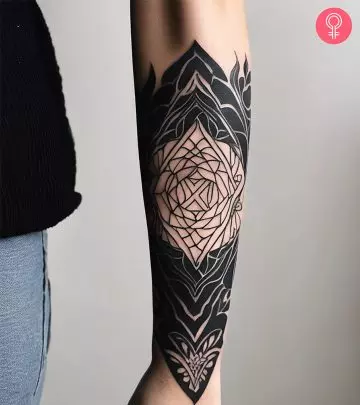
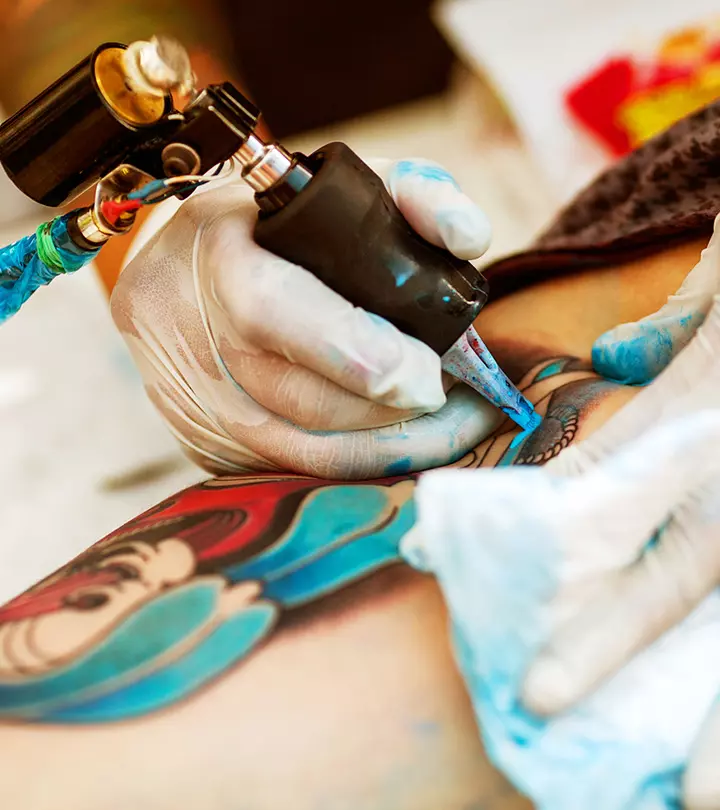
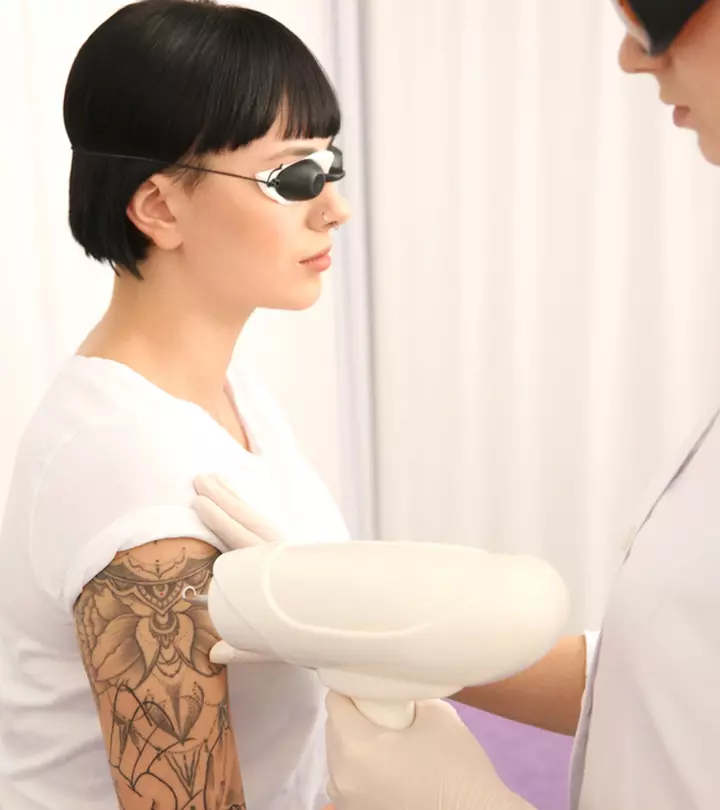
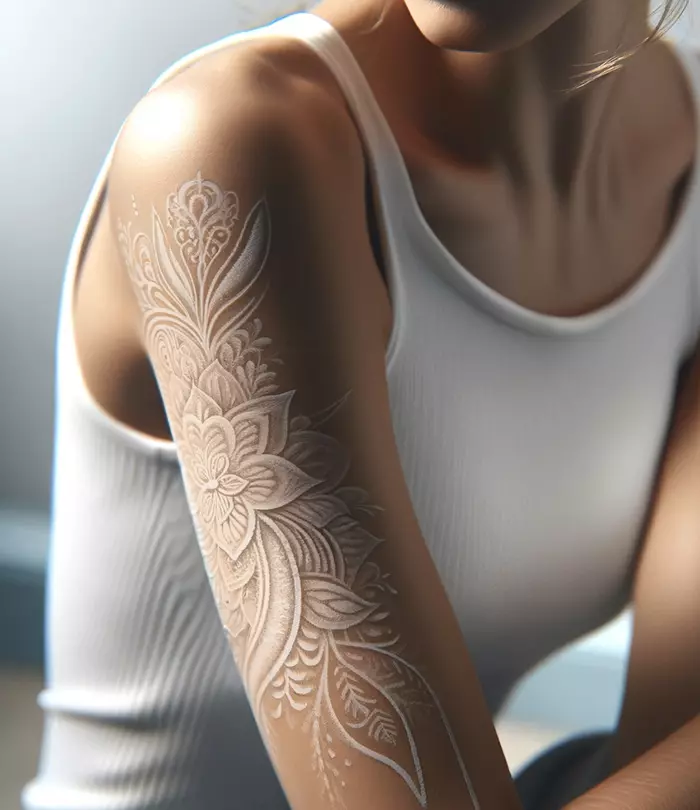
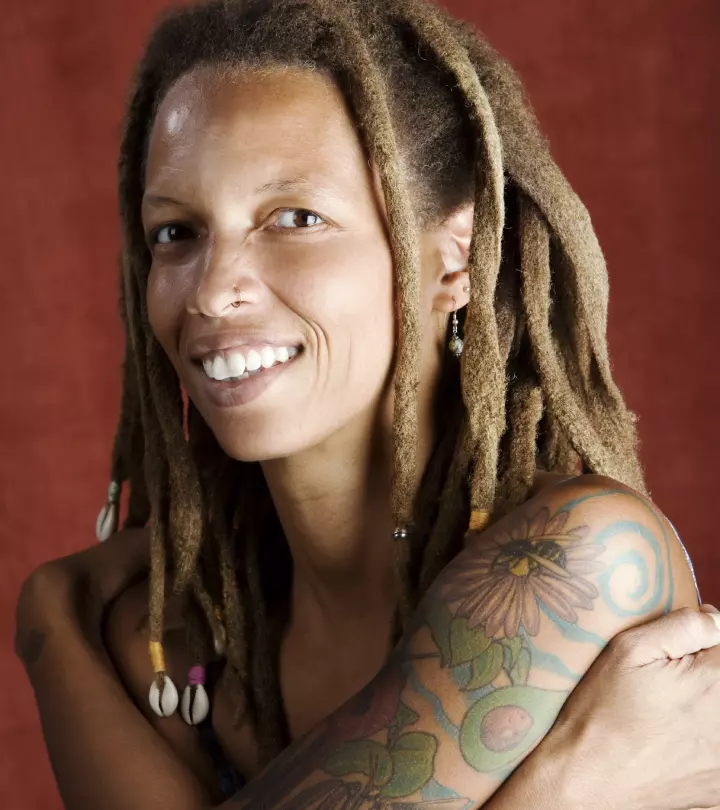


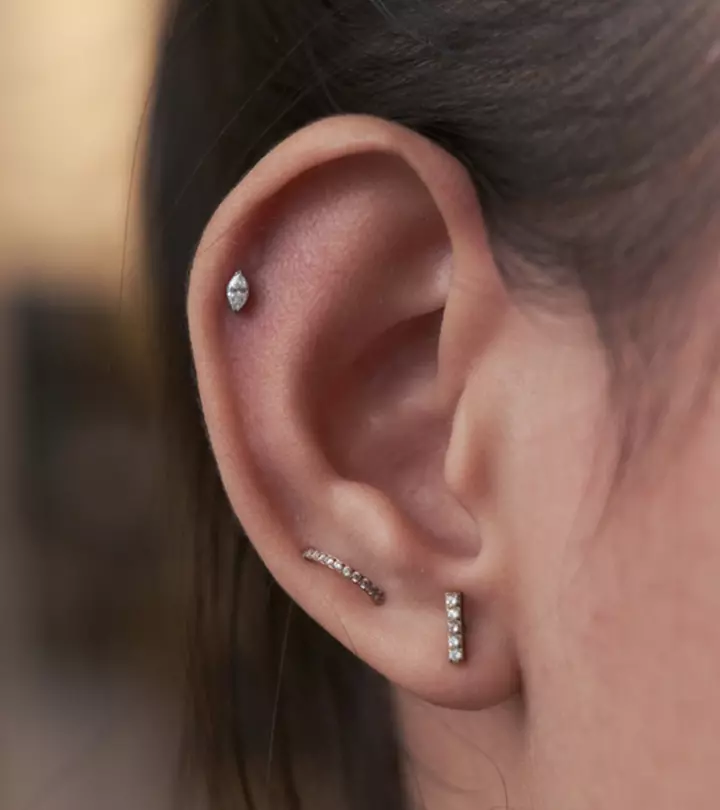
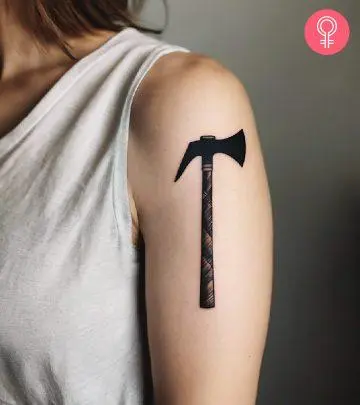
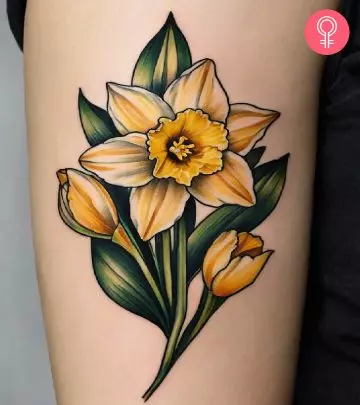
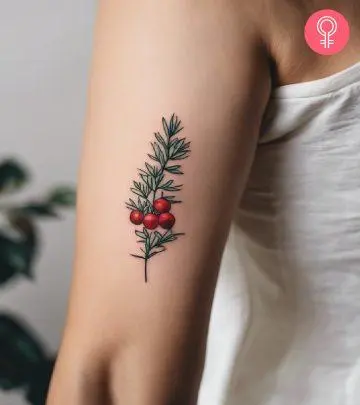
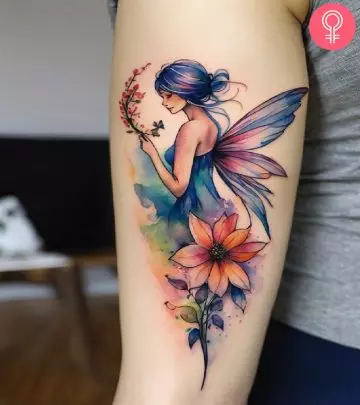
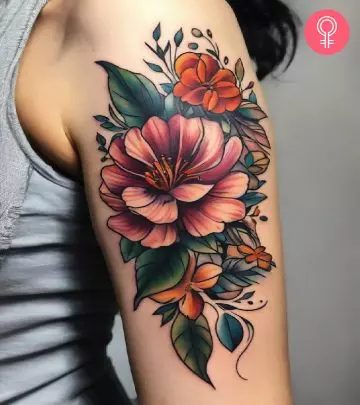
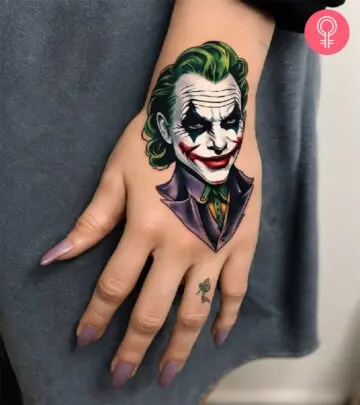
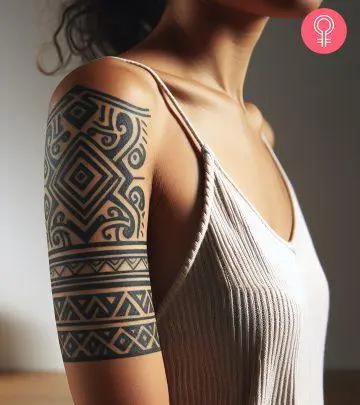
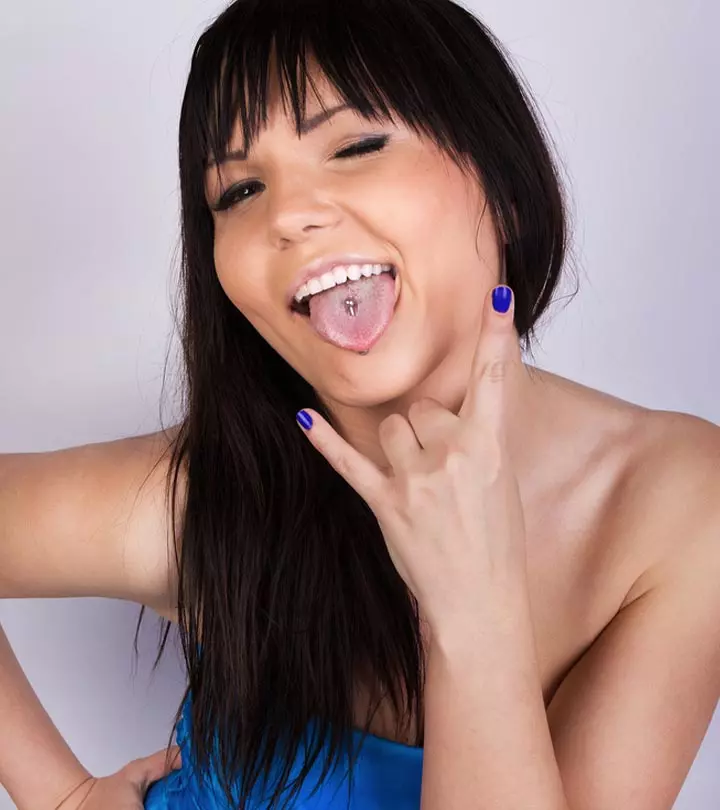
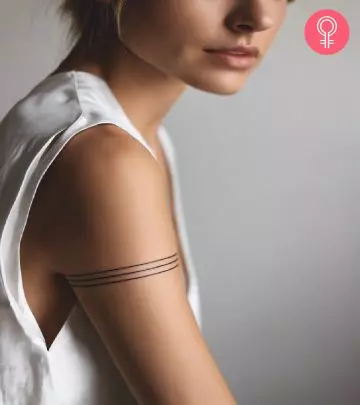
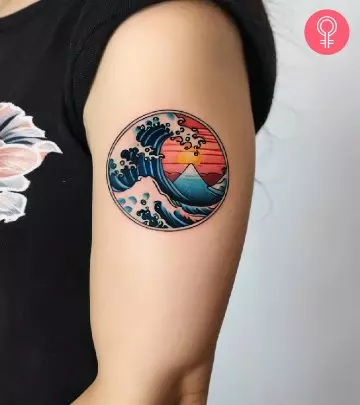
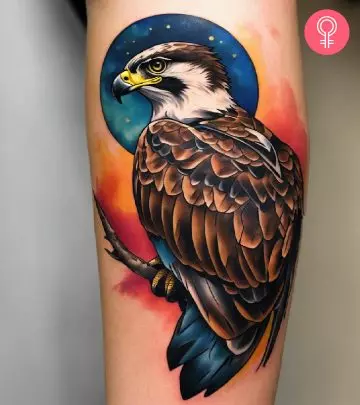
Community Experiences
Join the conversation and become a part of our empowering community! Share your stories, experiences, and insights to connect with other beauty, lifestyle, and health enthusiasts.